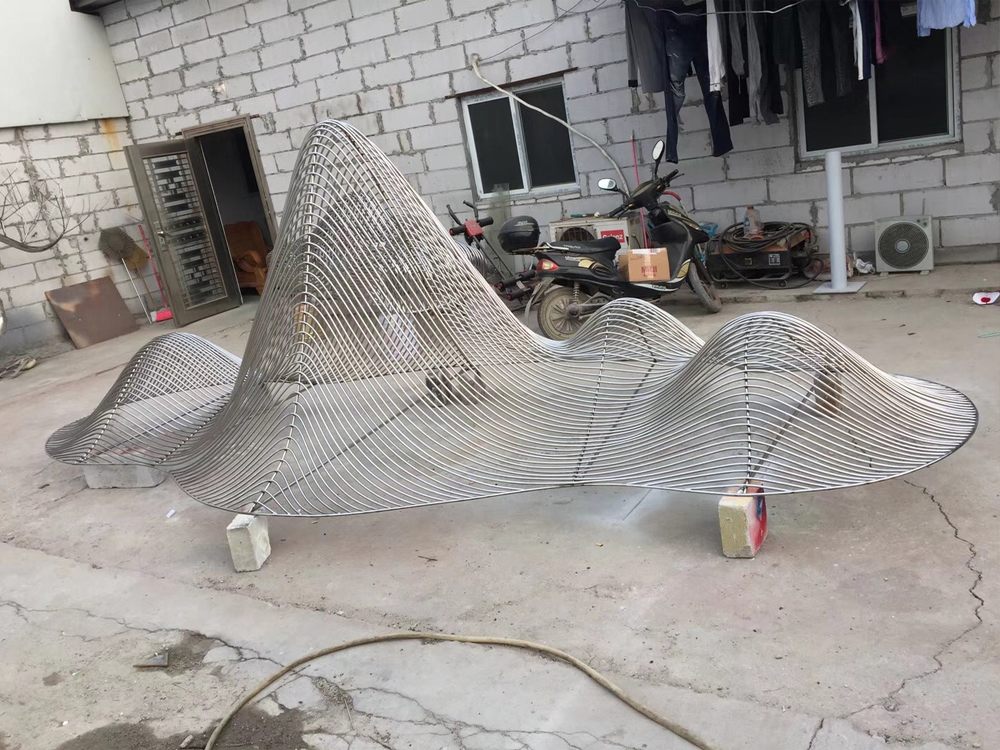
Sculptors masterfully transform rigid metal into dynamic works that seem to pulse with movement, employing ingenious techniques to trick the eye into perceiving motion where none exists. One primary method involves distorting forms along imagined trajectories—elongating edges, stretching contours, or warping surfaces to mimic the way objects blur when moving at high speeds. The Italian futurists pioneered this approach, with works like Boccioni's "Unique Forms of Continuity in Space" demonstrating how bronze can appear to ripple through space.
Another powerful tool is repetition and fragmentation. By casting multiple overlapping versions of a shape or breaking forms into sequenced segments, artists create visual echoes that suggest progression through time. Contemporary sculptor Richard Serra exploits this principle in his towering steel installations, where curved plates guide viewers along implied paths of motion.
Strategic texturing also plays a crucial role. Directional marks—whether hammered, brushed, or etched—can create visual currents that pull the eye across static surfaces. Japanese metal artist Masayuki Nagare famously employed this technique, polishing stainless steel to produce flowing light patterns that shift with the viewer's movement.
Lighting completes the illusion. Sculptors often design works to interact with specific lighting angles, using polished concave surfaces to concentrate reflections or matte finishes to absorb light progressively. When installed in natural light environments, these pieces appear to transform throughout the day, achieving what kinetic artists need motors to accomplish.
The most successful motion-blur sculptures engage multiple techniques simultaneously, combining distorted anatomy with directional textures and light-responsive surfaces. This multi-sensory approach explains why viewers often report physically feeling the implied movement when encountering these metal illusions in person.

